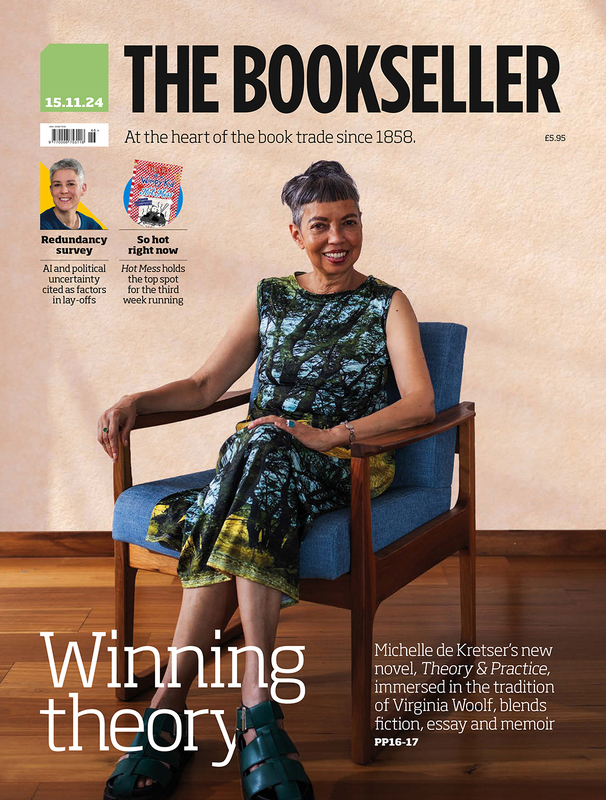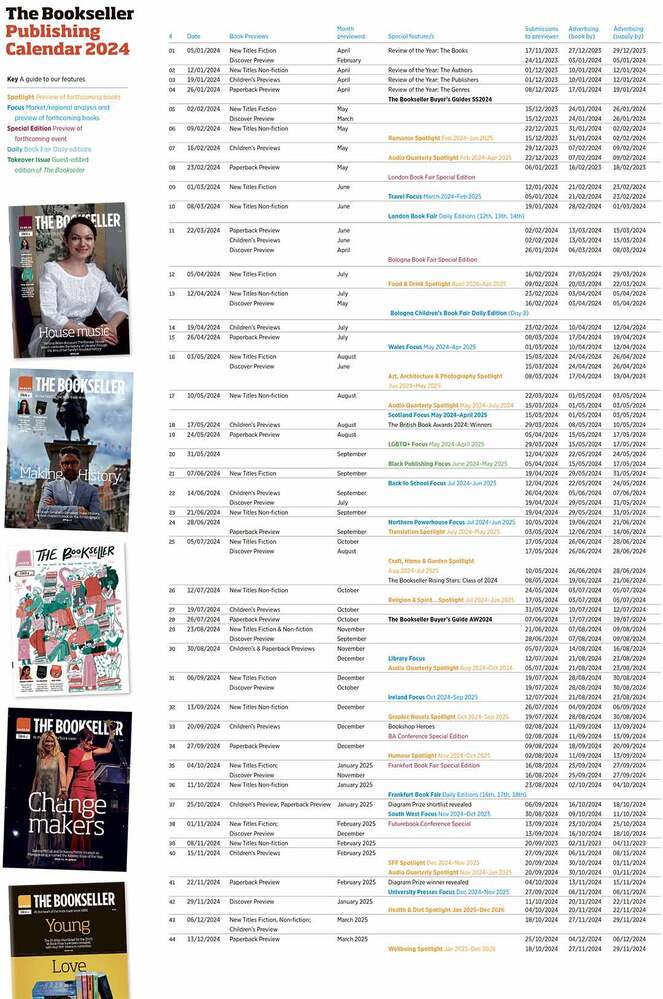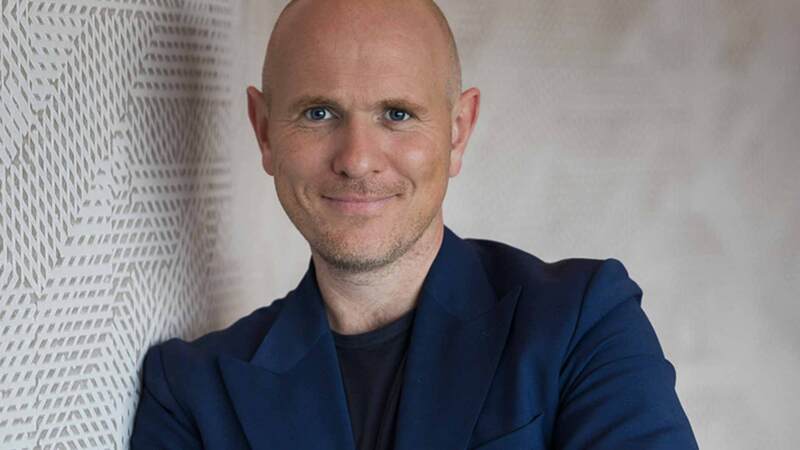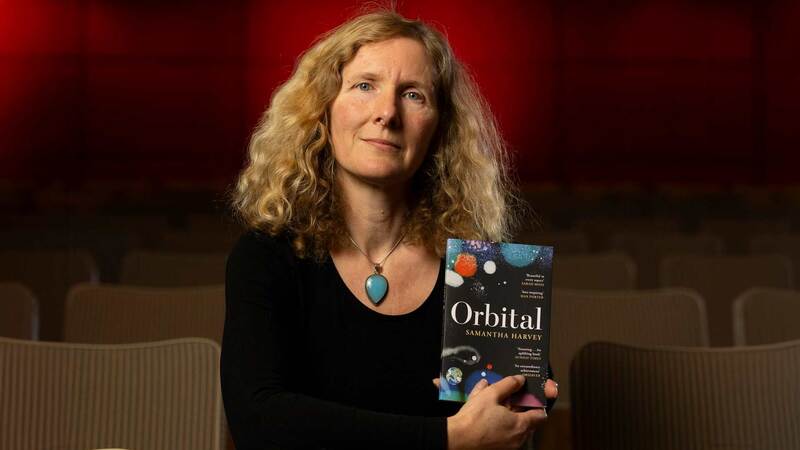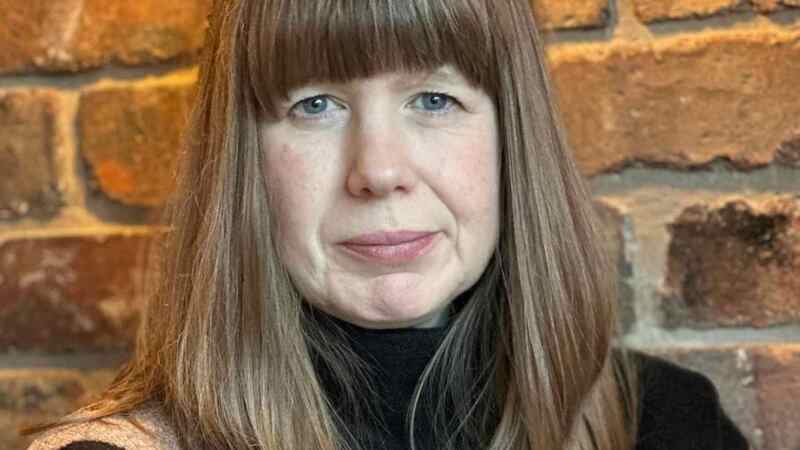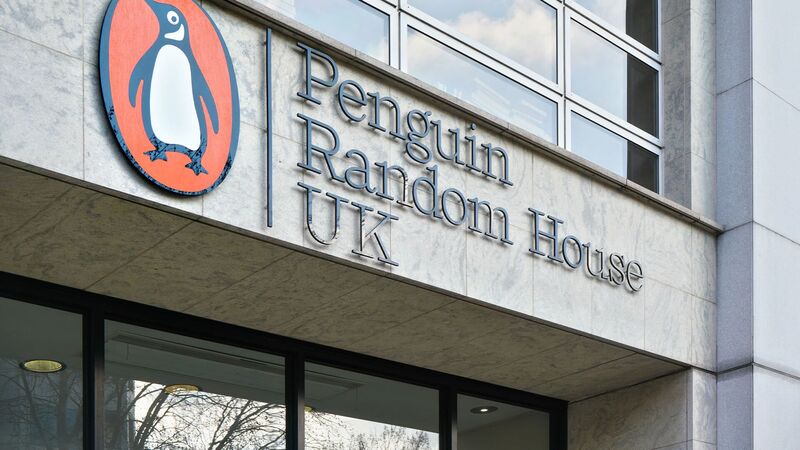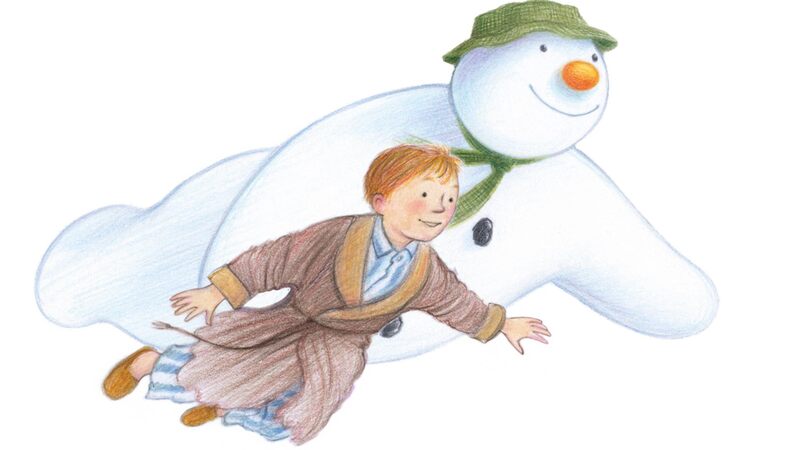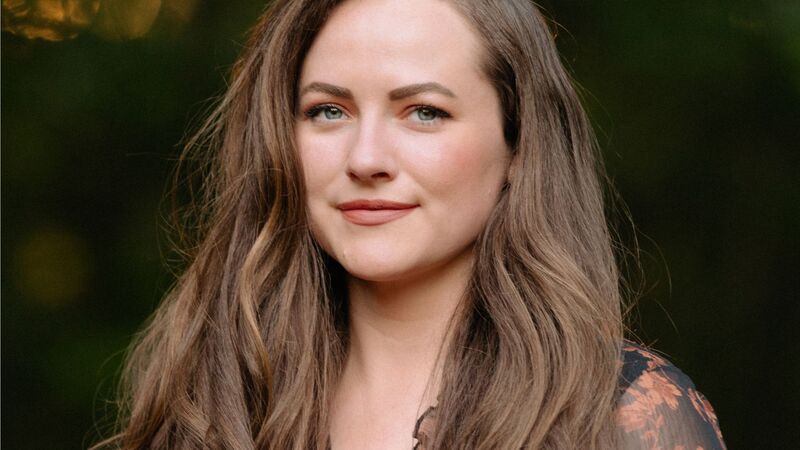You are viewing your 1 free article this month. Login to read more articles.
Punching up

If you want a snapshot of how different perspectives can shape our understanding of a book market, then I think the Nielsen charts reproduced in this week’s magazine serve as a good example. The Lead Story looks to data from the Irish Consumer Market for the first half of the year pointing to how Irish readers tend to lean towards literary books as well as indigenous voices – hence Colm Tóibín leads a pack also consisting of Claire Keegan, Marian Keyes, Paul Lynch and Paul Murray.
The deeper dive into the Irish book market highlights the work of local presses. You will note how little overlap there is between the two charts. All of the writers featured in the Top 10 Fiction list are published by UK-based corporates; the biggest-selling writer published by an Irish press is deceased playwright John B Keane. In total, Irish indies make up about 13% of their own market.
Irish writing is undoubtedly in a good spot, with the rest of 2024 likely to be dominated by the arrival of Sally Rooney’s Intermezzo
Yet Irish writing is undoubtedly in a good spot right now, with the second half of the year likely to be dominated by the arrival of Sally Rooney’s Faber-published Intermezzo on both sides of the sea.Indeed, during the summer, the Guardian published what I thought was a perceptive piece on the scene. The article wanted to explore why the country punches so far above its weight when it comes to literary works, particularly those that attract the major awards. “It has contributed four Nobel literature laureates and six Booker Prize winners; its capital was the fourth UNESCO City of Literature in 2010; and it’s home to a booming network of magazines, publishers, bookshops, festivals and (whisper it) decently funded libraries.” The piece cited “an arts council that cares about literature and a culture of intergenerational benevolence”, pointing to the Arts Council of Ireland’s literature budget for 2024 of €6.6m – roughly 5% of a €134m total.
On the funding front, direct comparisons to the UK are not easy, but the article touched the collective nerve partly because it came at a moment when Creative Scotland mooted its own cuts. In fact, Scotland indexes well against both Ireland and England: ACE spends about 3.5% of its National Portfolio monies on “literature”, whereas in Scotland it is 6.8% from what it calls its General Fund, and an additional 8% from the (now saved) Open Fund. Not to be outdone though, in Ireland a further €2m may be divided up between artists and writers in the form of no-strings bursaries, which sit alongside tax breaks for authors, as well as a basic income scheme for artists, which is currently on trial in the country.
Irish publishers might feel stuck in the middle of all this benevolence, with funding for writers who then go overseas for deals not necessarily good for the ecosystem. Yet this week’s Irish Spotlight points to the strength in depth among publishers too, with The O’Brien Press, Lilliput, The Irish Pages, New Island and Mercier Press among those indies to feature. And next year Amazon.ie launches, which will increase visibility for local publishers: a positive development for some, a pyrrhic victory for others.


